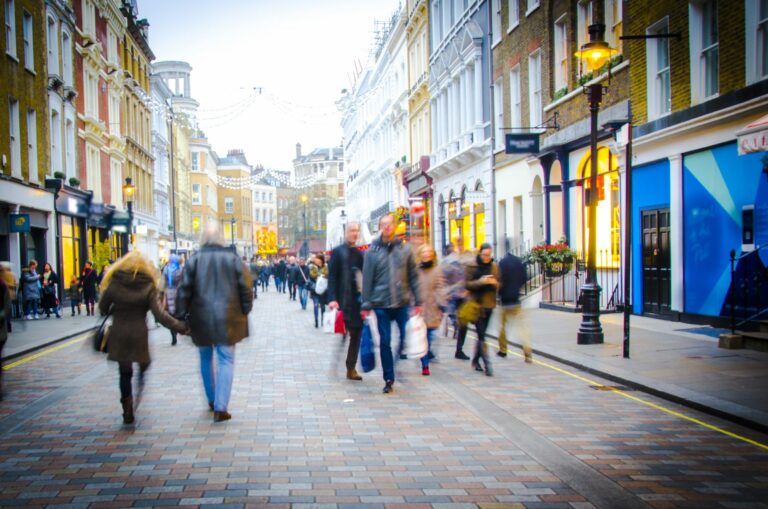Savills’ latest Shopping Centre and High Street Spotlight examines consumer and investor confidence
A year on from the first lockdown, a picture of the real impact of the pandemic has had on the retail market is coming into focus. Commercial property adviser Savills has released its latest report which puts UK shopping centres and high streets in the spotlight.
Initially, Savills anticipates the reopening of the retail sector will provide retailers with a vital revenue injection, but warns that government financial support winding up and the return to usual operating costs will create significant financial strain for parts of the market, and could induce insolvency activity later in the year.
Those who streamlined their business models over the pandemic by refining the online strategy, improving supply chain, reducing ancillary costs or staffing numbers, it says, are likely to see the biggest wins.
2021 is off to a strong start for lettings as, non-essential retail remaining closed for the whole first quarter, Savills recorded a 29.3% increase in the number of new lettings year-on year in Q1, beginning to rebalance the reduced deal activity experienced throughout the majority of 2020.
Shopping centres are already performing well, with £247m of assets sold in the first three months of this year, significantly up on the £107m that was sold in the traditionally-strong final quarter of 2020. At present, Savills estimates a further £241m of shopping centre investments under offer, with just over £700m of assets on the market.
Where 2020’s predominant reasons for purchase were almost entirely about change-of-use, this year Savills expects buyers to look at shopping centre investments for more than just re-purposing reasons.
The big question for the remainder of 2021, it says, lies around core shopping centre assets that dominate their catchments, of which there have been very few marketed over the last 12 months, with owners unwilling to bring them to the market in case of overly opportunistic price discovery.
However, with non-essential retail now having re-opened in England, Savills expects that footfall and trading data will rapidly become clear that will enable buyers to identify centres that are still crucial to their local catchments and therefore good investments.
Savills also anticipates that dominant centres where rents have rebased, and retailer demand has been sustained are expected to be brought to market in the second half of 2021, which should increase transactional volumes and provide clarity on where prime yields actually sit.
And on the high street, the unit shop investment market has also sprouted green shoots in the first quarter of 2021, both in terms of the volume of activity and the widening pool of buyers with different motivations. Whilst private investors and property companies will continue to dominate as buyers of the segment, Savills points out that the last three months has also seen an increase in activity in core locations such as outer London and the wider South East of England where the buyers’ motivation is more countercyclical.
This was first published in Retail Destination Fortnightly. Click here to subscribe.


